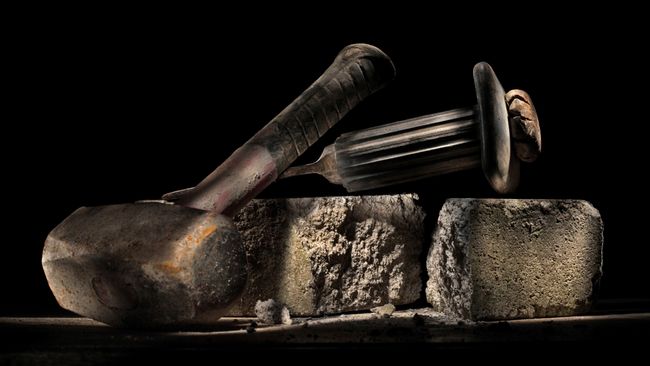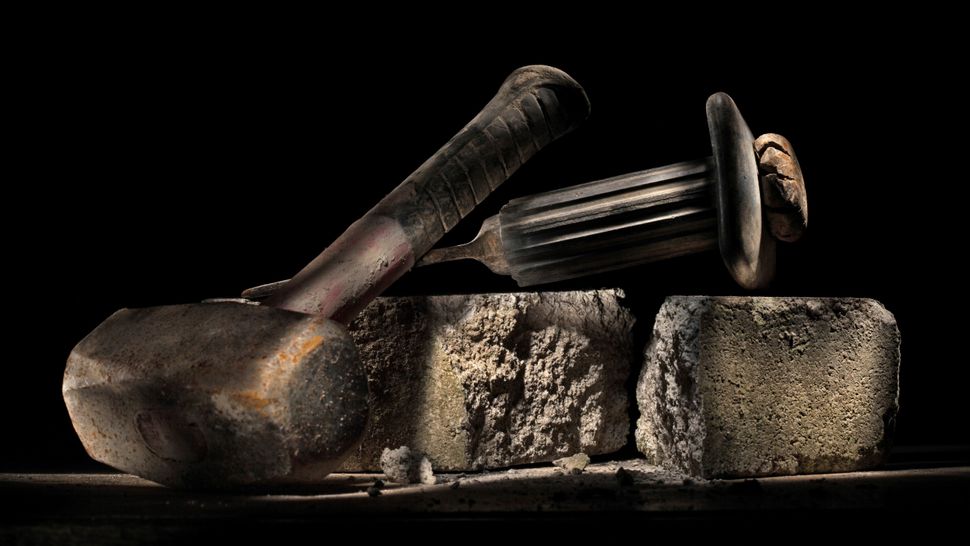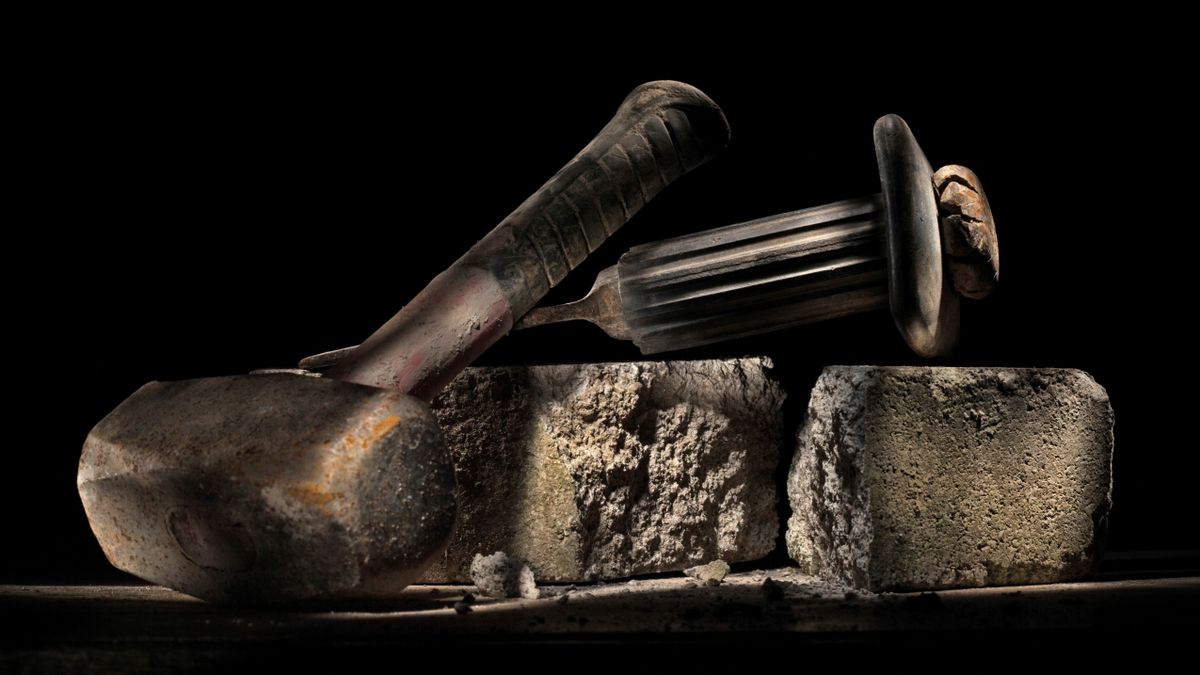Athens is Getting a New, ‘Invisible’ Archaeological Museum
Ok maybe not invisible, as in the invisible you might think. But in the architectural frame of reference, the winning bid for the new Athens Archaeological Museum is a structure built almost completely underground, under an existing park in the area of Athens known as Academia Platonos, or Plato’s Academy.
The Archaeological Museum of Athens at Plato’s Academy will be housed in a 14,362m2 building constructed with sustainable materials, will be fully accessible to people with disabilities and include a 500-seat open-air amphitheater. It will be the first dedicated exclusively to the history of Athens.
Last August, the mayor of Athens announced an architectural contest for this new museum– also the country’s first ‘green museum’ to be built in one of the city’s less-privileged neighborhoods.
The winning design by Tsolakis Architects was revealed and the computer-generated images that were part of the proposal show a stunning new addition to the cultural life of Athens, not to mention a great way to expend the city’s cultural reach into a neighborhood that many Athenians, let alone tourists, never visit.
The new Archaeological Museum of Athens focuses on the harmonious symbiosis of two regional conflicting forces. On the one hand,
the impenetrable and continuous mass of the city and on the other the enclosed grove of the Plato Academy with the archaeological excavations.
The building program of the museum presupposes the construction of a large volume that will be imposed on the grove, limiting the surface of the valuable public space. Instead, the majority of the museum’s surface is developed underground and locally affects the terrain, creating smooth outcrops and pits that enhance the horizontal topography. The museum interacts with the existing field and is harmoniously transformed into a building-ground.The architectural approach supports the innovation of the museum as it emphasizes topography, urban planning and public archaeology, since it creatively integrates both the axes of the landscape and the urban planning of the city, while embracing on the one hand the archaeological finds within the space, on the other hand relationship of open and closed, public and private. The city and the grove interact in the center of the plot creating a hub of swirling movement that acts as a centripetal and at the same time a centrifugal force of flows and activities.
The polar etching creates a rectangular rift in the center where it slices the space into four distinct wings. The roofs emerge from the ground, presenting sloping, walkable surfaces, extending the existing planted area of the grove while at the same time ensuring comfortable conditions of natural lighting and ventilation, for both visitors and employees.
The clarity and flexibility of the exhibition spaces acknowledges the basic principle that the city is a living organism, which is constantly mutating. The alternation of closed and open spaces, the possibility of viewing the interior of the museum from different perspectives and to a different degree aim to create a relationship of intimacy between the museum and the visitor that will lead even non-visitors to feel comfortable walking through the museum’s doors or share his messages.The proposal emphasizes the design of a public space that includes the museum, archaeological excavations and recreational and sports areas, encouraging participation. The design principles of the new Archaeological Museum project the vision of the Athens of the future.
A city that relates the building infrastructure to the natural terrain and landscape, a city that respects, highlights and coexists harmoniously with nature and its history, including all its citizens.
Article
Athens is Getting a New, 'Invisible' Archaeological Museum - The Pappas Post
ATHENS: New National Archaeological Museum will house 125,000 ancient treasures and cost €300
Article
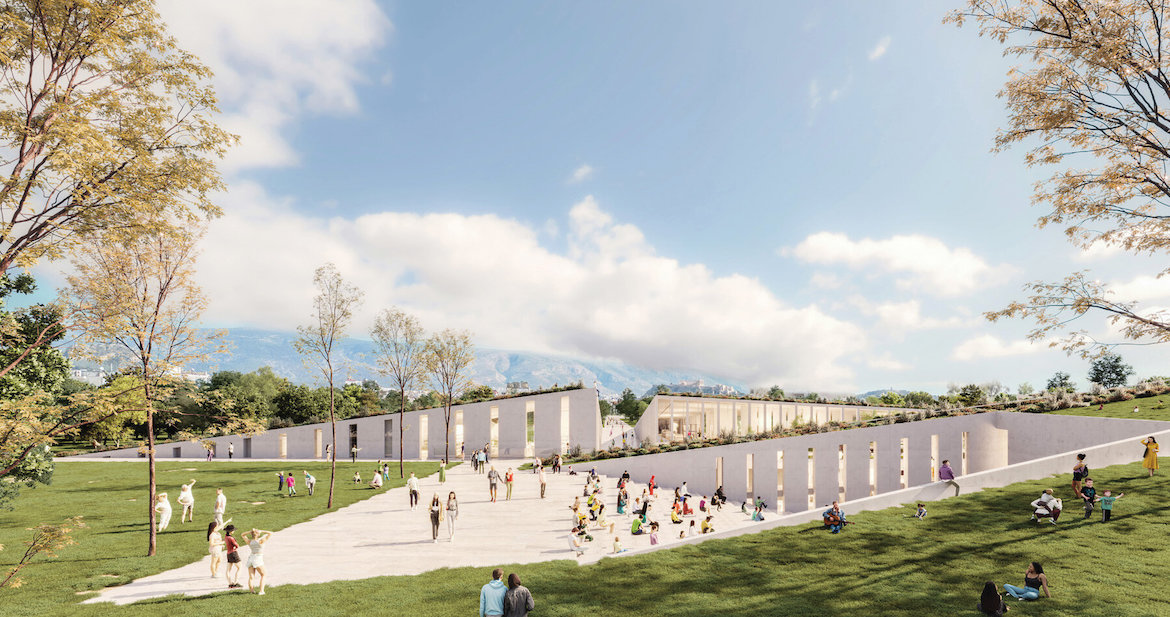


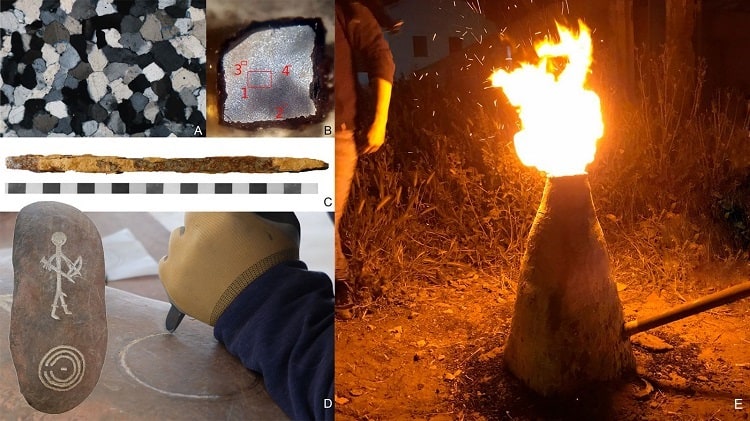
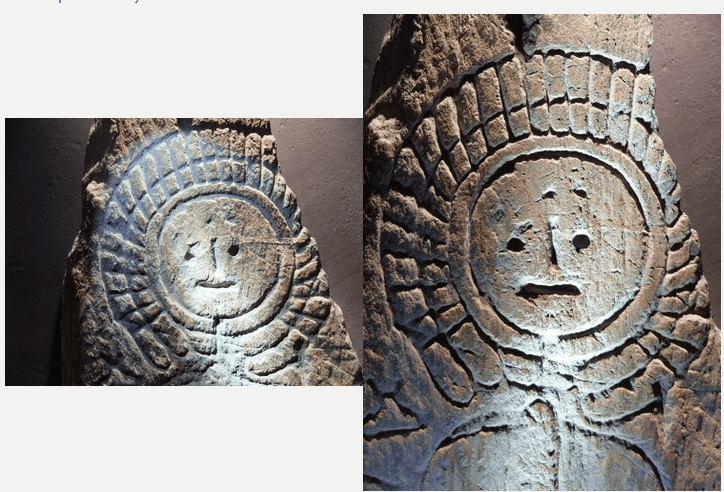
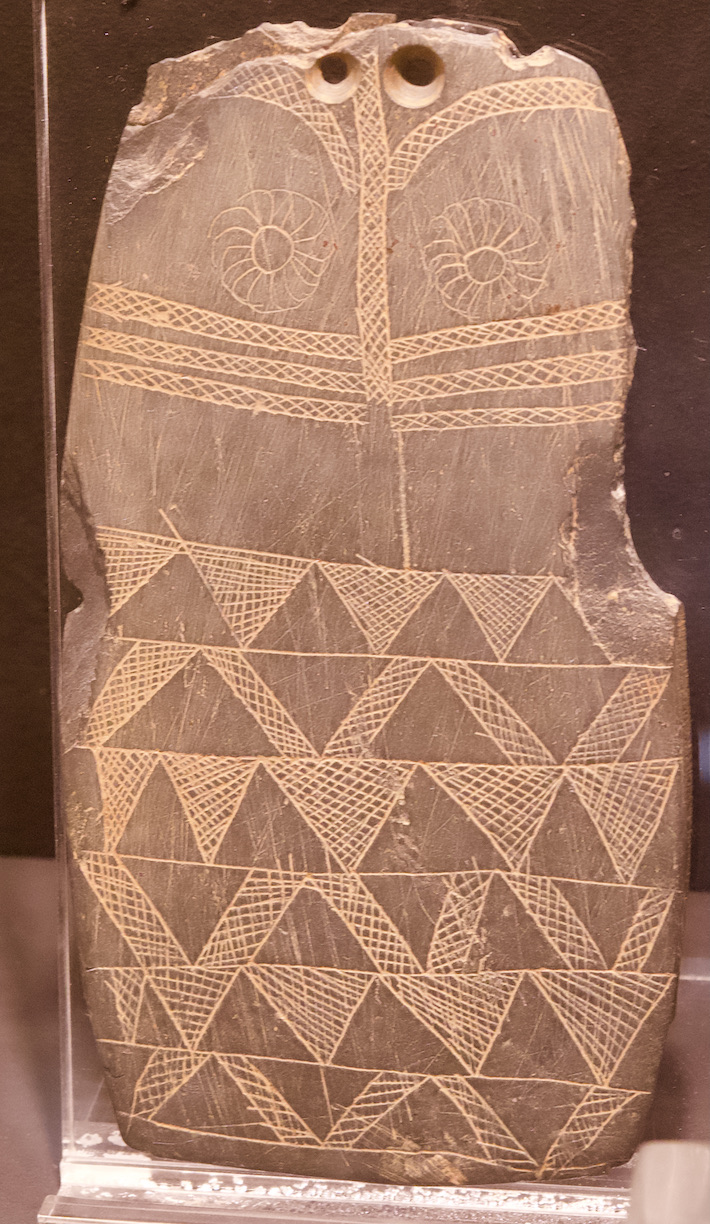

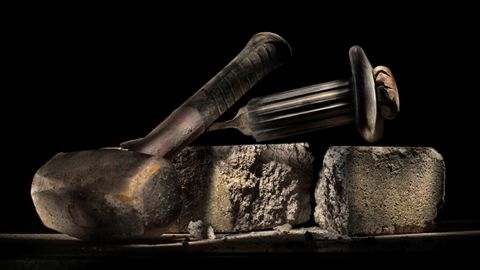 480w,
480w, 